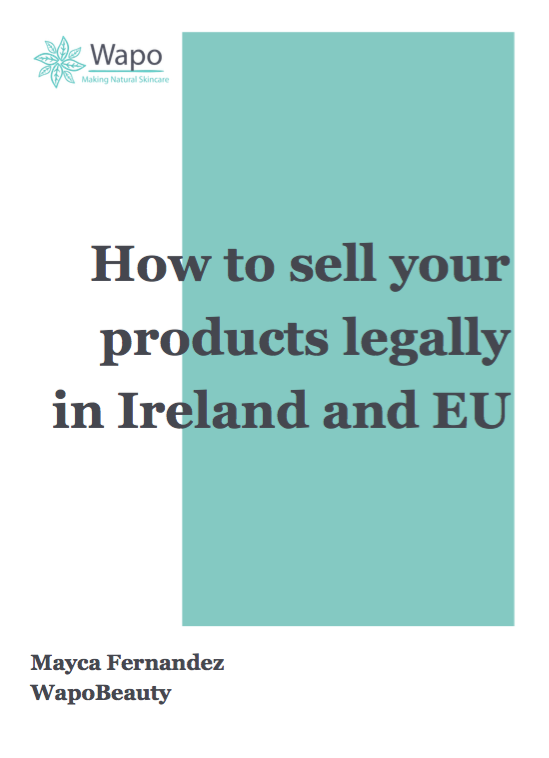Starting your own skincare line involves several steps, from conceptualizing your products to launching and marketing them. Here’s a comprehensive guide to help you get started:
1. Research and Planning
- Market Research: Study the skincare market to understand trends, demands, and competition. Identify your target audience and their needs. For example: if you want to create a skincare line products for babies, then your target audience will be women in fertile age 20-40
- Unique Selling Proposition (USP): Determine what will make your skincare line unique. This could be specific ingredients, sustainability practices, or targeting a niche market. Stand out from the rest of brands, otherwise you will be making the same type of product as other brands hence it will be more difficult to sell your products
2. Product Development
- Formulation: Work with a cosmetic chemist or a certified lab to develop your product formulations. Ensure they are safe, effective, and compliant with regulations. You also have the choice to study and learn how to formulate from scratch the products you would like to sell. My online skincare formulation course can be a great start and has helped many skincare entrepreneurs over the years.
- Ingredients: Choose high-quality, natural, and sustainable ingredients. Decide whether your products will be natura, organic, vegan, cruelty-free, water-less, etc
- Testing: Conduct stability testing to ensure your products have a suitable shelf life. Perform patch tests and consider dermatological testing for safety. You can carry out some stability testing in your home when you learn how to formulate from scratch. However some other tests need to be done in a professional lab by cosmetic chemist. See below more information in Legal and Regulatory Compliance
3. Branding
- Brand Identity: Create a compelling brand name, logo, and tagline. Your brand should reflect your values and appeal to your target market. Hire a graphic designer for all these needs. Take your time to think about the name of the brand and logo design. It is hugely important as it is the first thing your audience will see.
- Packaging Design: Invest in attractive and functional packaging. It should protect your products and be appealing to consumers. Consider eco-friendly options.
4. Legal and Regulatory Compliance
- Business Registration: Register your business and obtain necessary licenses.
- FDA and EU Cosmetics Regulations: Ensure your products comply with FDA regulations (if you’re in the USA) or relevant regulatory bodies in your country. This includes ingredient labeling, safety assessments, and product claims. To know and follow every step of the procedure consider to get my eBook based on my research and own experience. It will assist you along the way, and it definitely did to many other entrepreneurs
- Insurance: Obtain business and product liability insurance to protect against potential legal issues.
5. Production and Sourcing
- Manufacturing: Decide whether you will manufacture in-house or outsource to a contract manufacturer. Ensure the facility meets Good Manufacturing Practices (GMP) . Please feel free to ask me for the list of contract manufacturers available in different countries. waponaturalbeautyatgmail.com
- Suppliers: Establish relationships with reliable suppliers for your ingredients and packaging materials. Please feel free to ask me for the list of cosmetic ingredients suppliers around the world. waponaturalbeautyatgmail.com
6. Pricing and Distribution
- Pricing Strategy: Set competitive and profitable prices. Consider the cost of production, marketing, distribution, and desired profit margins.
- Distribution Channels: Decide how you will sell your products – through an online store, physical retail, beauty salons, or marketplaces like Amazon.
7. Marketing and Sales
- Website and E-commerce: Create a professional website with e-commerce capabilities. Ensure it is user-friendly and secure.
- Social Media: Utilize platforms like Instagram, Facebook, and TikTok to market your products. Share engaging content and connect with your audience.
- Influencers and Partnerships: Collaborate with beauty influencers and bloggers to promote your brand.
- SEO and Content Marketing: Optimize your website for search engines and create valuable content to attract and engage customers.
- Email Marketing: Build an email list and use it to inform customers about new products, promotions, and skincare tips.
8. Launch and Growth
- Launch Strategy: Plan a launch event or campaign to create buzz around your brand. Offer promotions or discounts to attract initial customers.
- Customer Feedback: Collect feedback from customers to improve your products and services.
- Scalability: Plan for future growth. Consider expanding your product line, increasing production capacity, or entering new markets.
Additional Tips:
- Stay Informed: Keep up with industry trends and regulatory changes.
- Network: Join industry associations and attend trade shows to build connections such SCS cosmetics in UK in November , In-Cosmetics Global in Europe, every year it is hold in different country, this year was in April 2024 was in the beautiful Paris. Cosmoprof Worldwide, The leading event for Beauty in Bolognia, Italy usually happens in March.
- Passion and Patience: Building a successful skincare line takes time and dedication. Stay passionate and patient throughout the process.
By following these steps, you’ll be well on your way to creating and launching a successful skincare line
Please contact Mayca Fernandez here on our website for your skincare formulation needs on how to create your own unique skincare line.
Mayca has 16 years of experience in the natural cosmetic industry.
Cheers
